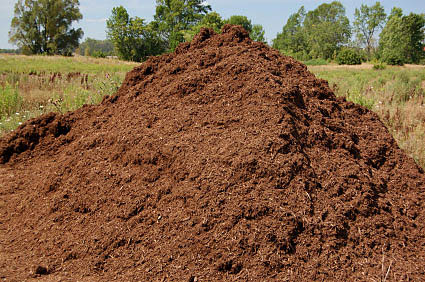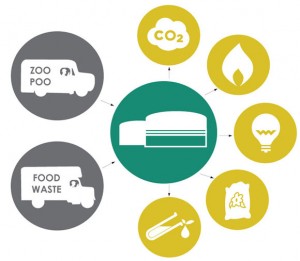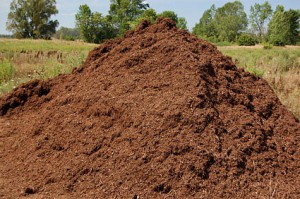February 24, 2014 – The answer is poo. But before I explain further let’s look at what bioreactors are all about. For example, you are a bioreactor. You convert food and oxygen and other inputs into energy and you eliminate what you don’t burn. All life on the planet is governed this way – intake, convert to energy, eliminate. And what gets eliminated still contains lots of energy potential. It’s just that we are not 100% efficient in converting everything consumed into energy. If we did we would probably burn up. I’m sure some of my readers will question my conclusion.
More about bioreactors. They represent the second largest source of energy on the planet next to the energy we derive from the Sun directly and indirectly. I know some of you will say what is he talking about? After all without the Sun bioreactors would cease to exist. But I make this statement just to illustrate the energy potential that comes from all the stuff that we animals eliminate every day on this planet.
NASA and the U.S. Environmental Protection Agency (EPA) are studying bioreactors for both their positive and negative impacts. For NASA and its human space flight program bioreactors may prove to be a primary energy source for long duration space flight and a great way to eliminate through recycling the waste we humans create. In a closed system such as that aboard the International Space Station (ISS), without constant resupply from Earth, and without the jettisoning of biological waste the internal environment would soon no longer support human life. But jettisoning is a low-Earth orbit luxury just as is resupply from our planet’s surface.
Today a bioreactor is contained in NASA’s water recycling system on the ISS allowing urine and wastewater to be collected, filtered and reused on board. When getting into deep space for long duration missions, bioreactors for water and energy may be the principle means by which life on board is sustained. NASA is even exploring the use of bioreactors to grow human cells for space emergencies. That’s because bioreactors can be used to regrow a range of body tissues and parts using waste as a material and energy source.
The EPA is studying bioreactors for their use in remediating operating and legacy landfill sites in the United States. Landfill bioreactors are used to stabilize collected waste by injecting microbes, liquid and oxygen into garbage. These are aerobic digestors and are seen as an energy source, converting landfill to methane for industrial and transportation use.
Which gets us back to my question in the headline – what do bioreactors and zoos have in common, and a new community enterprise which intends to turn zoo poo into clean electricity using harvested biogas. Called ZooShare Biogas, this Toronto-based start up has formed a cooperative to develop a biogas plant at the Toronto’s zoo. Using 3,000 tons of animal waste collected from the more than 460 species and 5,000 animals at the site, combined with 14,000 tons of food waste from a major grocery retailer in the Toronto area, this new facility will produce 1/3 of the zoo’s daily electrical energy needs. ZooShare Biogas is the first cooperative-owned biogas plant in Canada as well as the first zoo-based in North America.
The biogas plant uses an anaerobic digestor (oxygen free) to breakdown the animal and food waste. The feedstock is exposed to bacteria and kept in an environment at a constant 38 Celsius (100 Fahrenheit) degrees. The feedstock is constantly circulated and in 60 is fully converted to biogas (65% methane and 35% CO2) and solid matter. The methane component of the gas can be siphoned off to use to fire up a gas-powered turbine attached to a generator. It also can be fed into the natural gas grid for use in heating, or it can be compressed into liquid natural gas for use in transportation. The CO2 can be sequestered. The solid matter is nutrient-rich fertilizer.
ZooShare is innovative in more than one way. It has appealed to the crowd to find funding offering a bond issue with a promised return rate of 7% annually for 7 years. These bonds are available in amounts of $500 if you are a Toronto Zoo member or employee and in $5,000 increments for everybody else. ZooShare has received a guaranteed feed-in-tariff (FIT) contract for the power it generates from the Province of Ontario’s power oversight body. That should make purchasers of the bonds feel pretty good about their return-on-investment. The cooperative not only will sell its electricity at special rates but will also receive tipping fees for the processing of the waste it receives free of charge.
ZooShare and the Toronto Zoo join with the Munich Zoo of Germany using poo power to supplement the electrical requirements of their respective facilities. In the case of Munich it is elephants who are the main contributor producing enough poo to meet 5% of the zoo’s energy needs. Toronto recently shipped out the last of its elephants to warmer climes in California so it cannot rely on their proficient ability to daily provide up to 140 kilograms (approximately 300 pounds) of poo.













